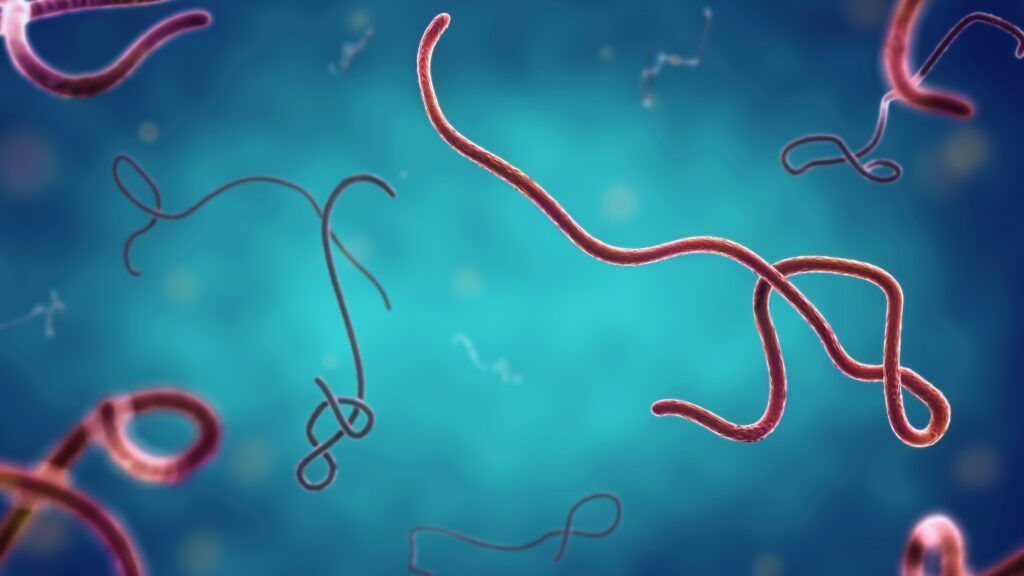There is certainly a huge breakthrough in the fight against the Ebola virus. Scientists have figured out the complex cellular mechanisms through which the Ebola virus invades the body. It will help understand why it inflicts such damage to the body and the potential pathways to fend off the deadly infection.
A new study published in PLOS Pathogens reveals how the Ebola virus invades the body and inflicts heavy damage that characterizes the infection. The study details how the Ebola virus nullifies T cells, the primary defence of the immune system and wreaks havoc to the body.
Considering the mortality rate, Ebola is one of the most devastating infections. The reason behind the severity of the infection is the agent that causes it – the Ebola virus. Master at duping the immune system, the Ebola virus quickly evades any response that originates from counteracting the virus.
Only those who are able to maintain a stable level of T cells survive the infection. All those unfortunates who couldn’t maintain the T cells level usually die. What the Ebola virus does is stresses the T cells to the point where they are destroyed. The peculiar characteristic of Ebola infection is lymphopenia which indicates a lower than the normal number of T cells in the blood.
With the aid of cellular biology and genetics approach, scientists were able to figure out how the Ebola virus attacks and enters T cells and what follows afterwards. This newfound information will help scientists understand the mechanics of Ebola infection and its immunosuppressive behaviour in more detail.
Cellular Mechanism of Ebola Virus Infection
Researchers from Mount Sinai institute have identified the complex cellular mechanism of the Ebola virus, which can help understand why the Ebola virus is so effective at dodging the immune response. According to a study published in mBio, the team was able to find out VP24 – a protein of the Ebola virus and how it interacts with the double-layered membrane of the cell nucleus. This interaction leads to significant cell damage and aids in virus replication and the progression of the disease. “That disruption is quite dramatic and replicates rare, genetic diseases known as laminopathies, which can result in severe muscular, cardiovascular, and neuronal complications,” – says the co-senior author Adolfo García-Sastre, PhD, Professor of Microbiology, and Director of the Global Health and Emerging Pathogens Institute of the Icahn School of Medicine at Mount Sinai.
The study will profoundly impact the search for a potential cure for the Ebola virus, which still is a deadly infection with a high mortality rate.



